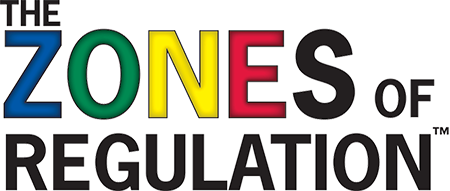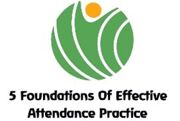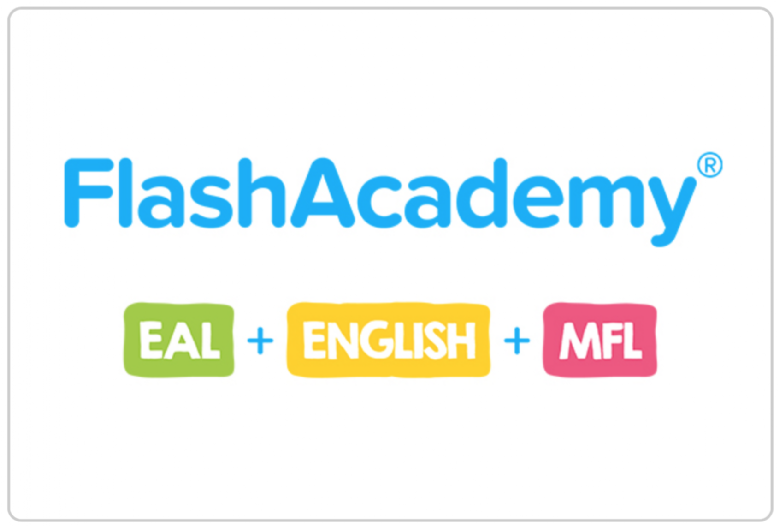Year 2
Autumn 1: HUmans
|
NC Objectives |
Sessions / Key Knowledge and Vocabulary |
Working Scientifically |
|
Notice that humans have offspring which grow into adults
Find out about and describe the basic needs of humans, for survival (water, food and air)
Describe the importance for humans of exercise, eating the right amounts of different types of food, and hygiene
|
|
|
Autumn 2
|
NC Objectives |
Sessions / Key Knowledge and Vocabulary |
Working Scientifically |
|
Identify and compare the suitability of a variety of everyday materials, including wood, metal, plastic, glass, brick, rock, paper and cardboard for particular uses
Find out how the shapes of solid objects made from some materials can be changed by squashing, bending, twisting and stretching |
|
|
Spring 1
|
NC Objectives |
Sessions / Key Knowledge and Vocabulary |
Working Scientifically |
|
Explore and compare the differences between things that are living, dead, and things that have never been alive
Identify that most living things live in habitats to which they are suited and describe how different habitats provide for the basic needs of different kinds of animals and plants, and how they depend on each other
Identify and name a variety of plants and animals in their habitats, including micro-habitats
Describe how animals obtain their food from plants and other animals, using the idea of a simple food chain, and identify and name different sources of food
|
|
|
Spring 2
|
NC Objectives |
Sessions / Key Knowledge and Vocabulary |
Working Scientifically |
|
Notice that animals have offspring which grow into adults
Find out about and describe the basic needs of animals for survival (water, food and air) |
|
|
Summer 1
|
NC Objectives |
Sessions / Key Knowledge and Vocabulary |
Working Scientifically |
|
Observe and describe how seeds and bulbs grow into mature plants
Find out and describe how plants need water, light and a suitable temperature to grow and stay healthy |
|
|
Summer 2
(under review)









